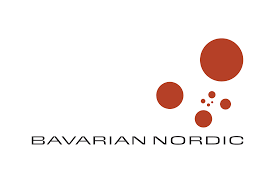Over the next ten years, Copenhagen Municipality has proposed to invest 500 million kroner into the socially vulnerable district of Tingbjerg in an effort to get the struggling area out of its slump.
The funds are earmarked for a number of projects, including making the hard-hit area a more attractive place to live, making it more secure and urging new residential groups to move into private housing.
“The challenge with the large residential projects from the 1950s and 60s are that they were well-meant at the time, but are now mono-functional, closed housing areas with only pubs and shopping centres,” Frank Jensen, the city mayor, told Politiken newspaper.
Over the next couple of months, the proposal will be processed by five of the municipality’s seven political committees before it goes to a vote at the citizen representation Borgerrepræsentation in August.
READ MORE: Denmark has fewer ghettos this year
Reducing the ‘ghetto list’
Tingbjerg is on the government’s socially vulnerable area list – also known as the ‘ghetto list’ – due to its well-documented social and crime problems.
Only recently, the bus operator Arriva was forced to alter bus 2A’s route to avoid an area of Tingbjerg due to unruly youths throwing rocks through the window of a bus that had stopped on the street to pick up passengers.
The recently deposed Helle Thorning-Schmidt-led government agreed in 2013 to halve the 29 socially-vulnerable areas that are on the ‘ghetto list’.
Over the next couple of months, the proposal will be processed by five of the municipality’s seven political committees before it goes to a vote at the citizen representation Borgerrepræsentation in August.















